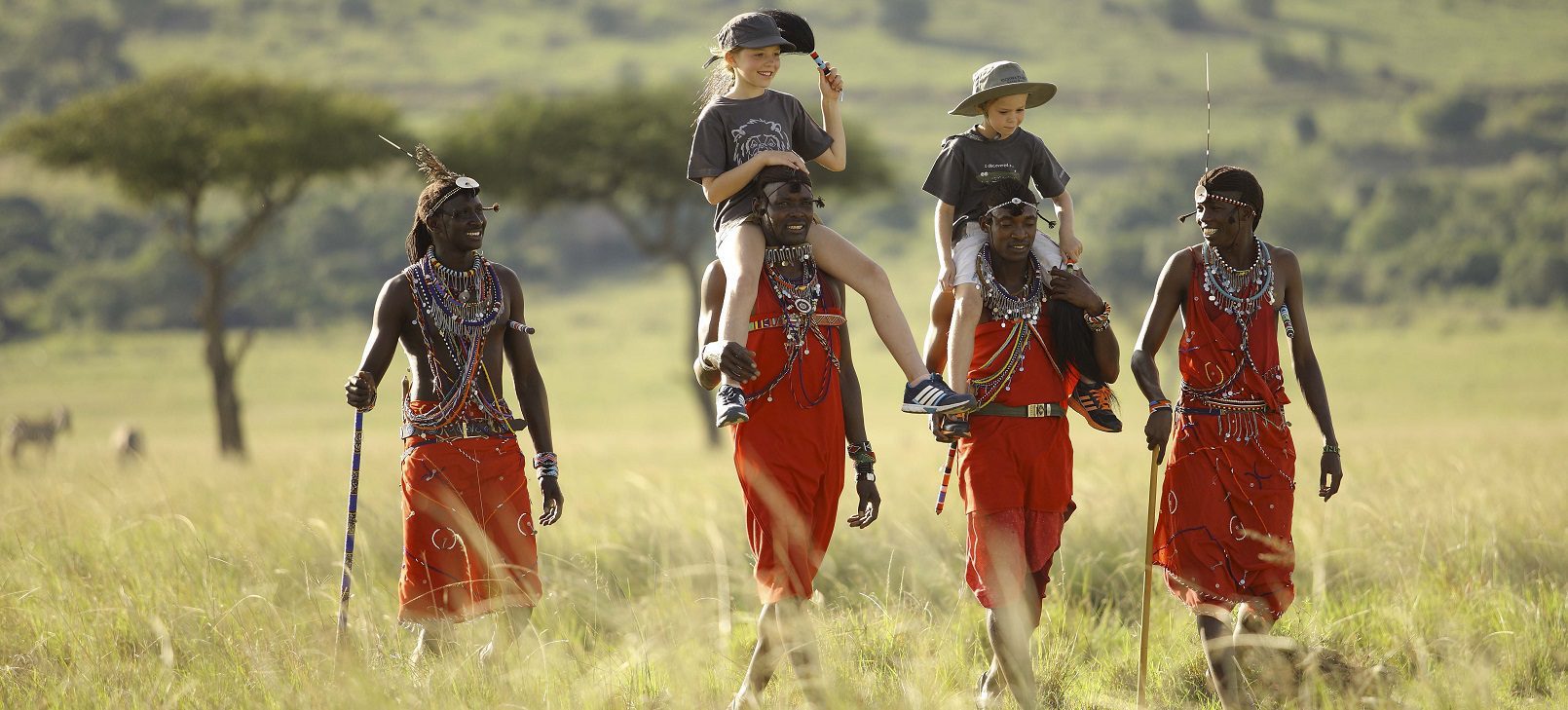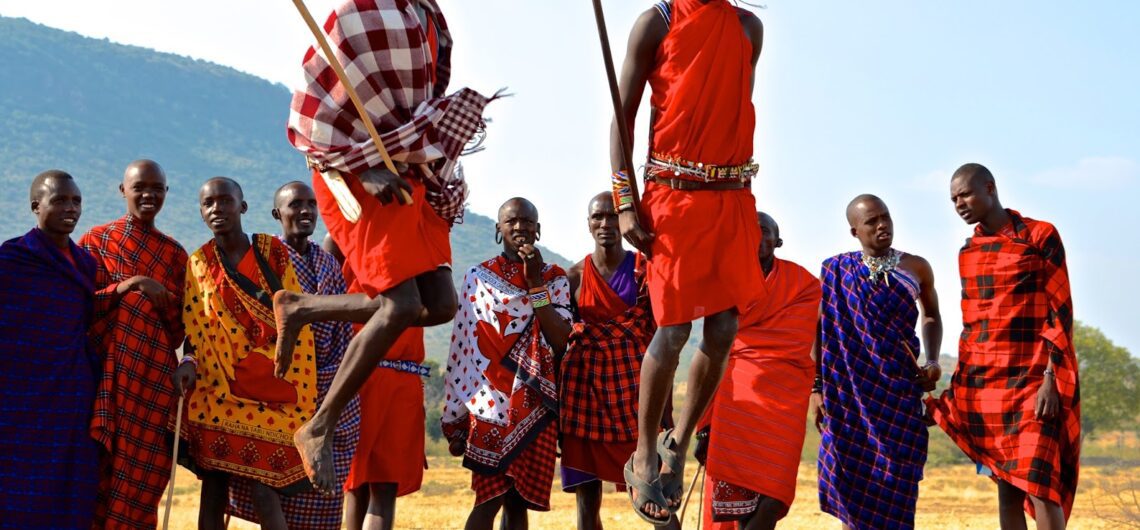Cultural Tours in Kenya: A Deep Dive into the Heart of East African Heritage
Cultural Tours in Kenya: Kenya, renowned for its breathtaking landscapes and iconic wildlife, offers more than just the allure of safaris and pristine beaches. Its rich tapestry of cultures, woven from the traditions of over 40 distinct ethnic groups, presents an immersive cultural experience unlike any other. Cultural tours in Kenya are not just journeys through the country’s past but vibrant explorations of living traditions that continue to shape the nation’s identity. This article delves into the various facets of cultural tours in Kenya, exploring the key tribes, cultural events, and unique experiences that make these tours so captivating.

-
The Maasai: Guardians of Tradition
One of the most recognized and celebrated ethnic groups in Kenya is the Maasai. Known for their distinctive red shukas (cloaks), intricate beadwork, and warrior traditions, the Maasai have managed to retain much of their traditional lifestyle despite the encroachment of modernity.
- Maasai Mara Cultural Experience: Many cultural tours in Kenya often include visits to Maasai villages (often referred to as manyattas) within or near the Maasai Mara National Reserve. Here, visitors can witness firsthand the Maasai’s traditional way of life, from cattle herding to the famous jumping dance (Adumu), performed by Maasai warriors as a display of strength and agility. Guests also have the opportunity to engage with the Maasai people, learn about their medicinal plant knowledge, and even participate in traditional ceremonies such as the Eunoto (a rite of passage for Maasai warriors).
- Olkaria Maasai Cultural Centre: Located in Hell’s Gate National Park, this center offers a deeper understanding of Maasai culture, including insights into their spiritual practices, art, and folklore. The Maasai community, ensuring that the cultural exchange is authentic and beneficial to the local people, runs the center.
-
The Kikuyu: Keepers of the Central Highlands
The Kikuyu, Kenya’s largest ethnic group, have a rich history intertwined with the country’s colonial and post-colonial narratives. They are predominantly found in the Central Highlands, an area known for its fertile lands and historical significance.
- Kikuyu Cultural Heritage Tours: These tours typically include visits to the Murang’a and Nyeri regions, where visitors can explore Kikuyu homesteads and learn about their agrarian lifestyle. A highlight is visiting the Mukurwe wa Nyagathanga, considered the origin place of the Kikuyu people according to their mythology. Tours often include storytelling sessions where elders recount the tales of Gikuyu and Mumbi, the ancestors of the Kikuyu people, and discuss the role of the Kikuyu during Kenya’s struggle for independence.
- Kenyatta House in Maralal: A significant cultural site, this is where the British colonial government detained Jomo Kenyatta, Kenya’s first president and a Kikuyu. The site provides insights into the political and cultural struggles that shaped modern Kenya.
-
The Samburu: Nomads of the North
The Samburu people, related to the Maasai, are semi-nomadic pastoralists who inhabit the arid regions of northern Kenya. Their culture, though similar to the Maasai, has distinct differences that make it uniquely their own.
- Samburu Cultural Tours: These tours often take place in the Samburu National Reserve and its surrounding areas. Visitors can stay in traditional Samburu villages, or manyattas, and learn about their customs, including their unique beadwork and body adornment, which signify status, age, and social roles. Samburu women are known for their intricate necklaces, which are not just decorative but carry cultural significance.
- The Reteti Elephant Sanctuary: Located in the Namunyak Conservancy, this sanctuary is not only a haven for orphaned elephants but also a project that showcases the Samburu’s evolving relationship with wildlife. The sanctuary is community-run, and a visit here provides insights into how the Samburu are integrating conservation with their traditional lifestyle.
-
The Swahili Coast: A Blend of Cultures
The Swahili people of Kenya’s coastal region have a culture that is a rich blend of African, Arab, Persian, and Indian influences, a result of centuries of trade across the Indian Ocean.
- Lamu Old Town: A UNESCO World Heritage site, Lamu is the oldest continuously inhabited town in Kenya, with its history dating back to the 14th century. Walking through Lamu’s narrow streets is like stepping back in time. Visitors can explore ancient Swahili architecture, visit the Lamu Museum, and take a dhow (traditional sailing boat) cruise to experience the maritime culture of the Swahili people. The annual Lamu Cultural Festival is a highlight, featuring traditional Swahili poetry, music, dance, and the famous donkey races.
- Mombasa Old Town and Fort Jesus: Mombasa, Kenya’s second-largest city, is another focal point of Swahili culture. A visit to Mombasa Old Town offers a glimpse into the historical trade networks that shaped the Swahili Coast. Fort Jesus, a 16th-century Portuguese fort, now a museum, is an excellent place to learn about the region’s colonial history and its impact on the local culture.
-
The Luo: People of the Lake
The Luo people, who live around Lake Victoria, have a rich oral tradition and are known for their music and dance. They are also famous for their contributions to Kenya’s political landscape, with notable figures like Tom Mboya and Barack Obama Sr. hailing from this community.
- Luo Cultural Tours: These tours often include visits to homesteads along the shores of Lake Victoria, where visitors can learn about traditional fishing methods, and Luo customs, and partake in local delicacies like omena (small fish) and tilapia. Music and dance are integral to Luo culture, and visitors may have the opportunity to experience Ohangla music performances, characterized by its rhythmic beats and lively dances.
- Kisumu Museum: Located in the heart of Kisumu, the museum offers a comprehensive overview of Luo culture, including exhibits on traditional Luo homesteads, artifacts, and the history of the community. The museum also features an ethnographic section that delves into the broader cultural diversity of western Kenya.
-
The Turkana: Resilience in the Desert
The Turkana people, residing in the harsh environment of northwestern Kenya, are one of the country’s most resilient communities. Their culture revolves around pastoralism, and they have adapted to some of the most challenging living conditions in the country.
- Turkana Cultural Tours: Visitors to the Turkana region can experience the rugged beauty of the area and the vibrant culture of the Turkana people. Tours often include visits to traditional Turkana ekitela (villages), where guests can learn about the community’s pastoral lifestyle, craft making, and their unique social structures. The Lake Turkana Cultural Festival, held annually in Loiyangalani, is a colorful event that brings together various ethnic groups from the region to celebrate their cultures through music, dance, and art.
- Desert Museum in Loiyangalani: This museum offers insights into the cultures of the communities living around Lake Turkana, including the Turkana, El Molo, Rendille, and Samburu. The museum’s exhibits highlight the adaptation of these communities to the arid environment and their traditional practices, such as fishing, boat making, and herding.
-
The Kalenjin: Land of Champions
The Kalenjin, often referred to as the “running tribe,” are renowned for producing some of the world’s best long-distance runners. However, their culture extends beyond athletics, encompassing rich traditions related to cattle herding, farming, and oral literature.
- Kalenjin Cultural Tours: These tours typically include visits to the Kericho and Nandi regions, where visitors can explore Kalenjin homesteads, known as kapkoros, and learn about traditional farming practices. Storytelling sessions with elders offer insights into the Kalenjin’s rich oral literature, including proverbs, songs, and folklore that have been passed down through generations.
- Training Camps in Iten: For those interested in the athletic aspect of Kalenjin culture, visits to the high-altitude training camps in Iten offer a unique experience. Here, visitors can meet and interact with some of Kenya’s top athletes and learn about the rigorous training regimes that have made the Kalenjin legendary in the world of long-distance running.
Conclusion
Cultural tours in Kenya offer an enriching experience that goes beyond the traditional tourist trail. Whether it is dancing with the Maasai, sailing on a Swahili dhow, or sharing stories with Luo elders by the shores of Lake Victoria, these tours provide a unique opportunity to connect with the diverse cultures that make Kenya a vibrant and dynamic country. By participating in these tours, visitors not only gain a deeper understanding of Kenya’s cultural heritage but also contribute to the preservation of these traditions for future generations.


Comments